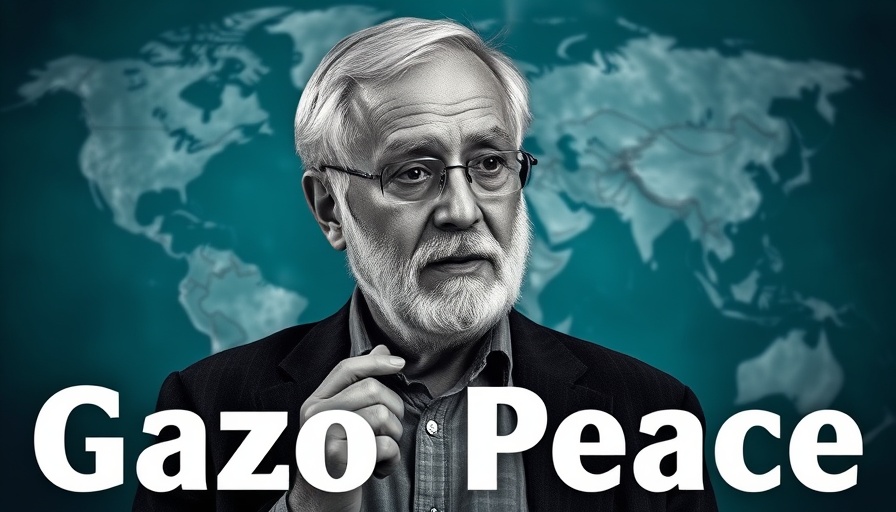
Understanding the Gaza Peace Plan’s Complex Landscape
The Gaza peace plan, recently introduced under President Trump, aims to pave the way toward stability and peace in a region long marred by conflict. This 20-point proposal has drawn attention not only for its ambitious goals but also for its potential to reshape relationships between Israel and the broader Arab world. Understanding the intricacies of this plan is crucial, particularly for San Diego residents aware of the international dynamics at play.
The Plan’s Foundations: Security, Development, and Governance
Central to Trump’s initiative is the emphasis on the security of Israel while simultaneously addressing humanitarian needs in Gaza. The plan proposes the release of Israeli hostages and Palestinian prisoners, emphasizing mutual concessions. According to experts, this dual focus is critical to gaining the trust necessary for deeper diplomatic relations.
Additionally, the plan envisions rebuilding Gaza’s critical infrastructure, incorporating vital services like electricity and healthcare. A collaborative framework is proposed wherein Palestine's governance structure will be strengthened, aiming for autonomy free from armed factional influence, especially from Hamas.
The International Response and Support
Across the Middle East, reactions to this peace initiative vary. Some Arab nations have expressed support, eager for a chance at collaboration with the U.S. and Israel towards establishing peace. Qatar and the UAE, among others, have shown readiness to aid in implementing the plan, signaling a notable shift in regional alliances. However, skepticism remains high among Palestinians and observers regarding Hamas's willingness to comply with disarmament demands, which many view as a key stumbling block.
Challenges Ahead: Will the Plan Succeed?
The path to implementing this peace plan is fraught with challenges. Experts indicate that without Hamas’s cooperation and genuine commitment to peace, the likelihood of success diminishes significantly. Comparative historical data shows that previous attempts at negotiation have often faltered in the face of internal political fragmentation and differing agendas on both sides.
The critical question remains: Can this proposed plan navigate the complex historical grievances that lie at the root of the conflict? As the sky over the Gaza Strip darkens with the shadows of uncertainty, these negotiations represent a glimmer of hope for a more stable future—but only if all parties are willing to engage earnestly.
What This Means for San Diegans
For residents of San Diego, understanding the implications of the Gaza peace plan extends beyond mere curiosity. With so many local communities connected to global networks, the outcome of these negotiations may influence not only international relations but also community dynamics and engagement at home. Additionally, the potential for a more stable Middle East could lead to enhanced global commerce, tourism, and cultural exchange, affecting San Diego's economy and diversity.
This crucial moment invites San Diegans to engage in discourse about international policies and their far-reaching impacts. Local events and discussions about global peace efforts offer a platform for residents to voice their concerns and hopes for a better future.
 Add Row
Add Row  Add
Add 




Write A Comment